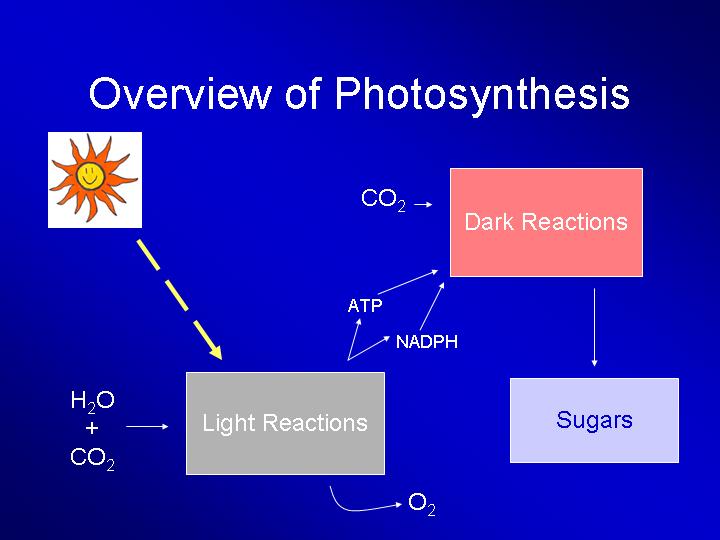Turnip
Nutrition
Photosynthesis
Like all plants,
turnips are photoautotrophs,; they
produce their organic molecules from
light synthesis, Carbon Dioxide and
other raw materials they get from the
environment through photosynthesis. This
production of food takes place in the
chloroplasts inside of the “greens”, or
better stated, the leaves of Brassica
rapa.
To be put simply photosynthesis is the conversion of light energy to chemical energy that is stored in sugars like glucose or other organic compounds. This is done through two processes, light reactions and the Calvin Cycle. To summarize this you can think of the equation, 6CO2 + 12 H2O + hv ---> C6H12O6 + 6O2 + 6 H2O.
But of course how we get from point A (the reactants) to point B (the products) is a little more complicated. In the light reactions (photo) a series of reactions, including photosystems and two electron transport chains, produces ATP and NADPH and the byproduct Oxygen (I rather enjoy breathing this). The production of ATP and NADPH fuel the Calvin Cycle’s (synthesis) three phases (Carbon Fixation, Reduction, and Regeneration) to produce the molecule G3P which is used to make glucose and other organic compounds.
Copyright © 2007, Design by: Sunlight webdesign
